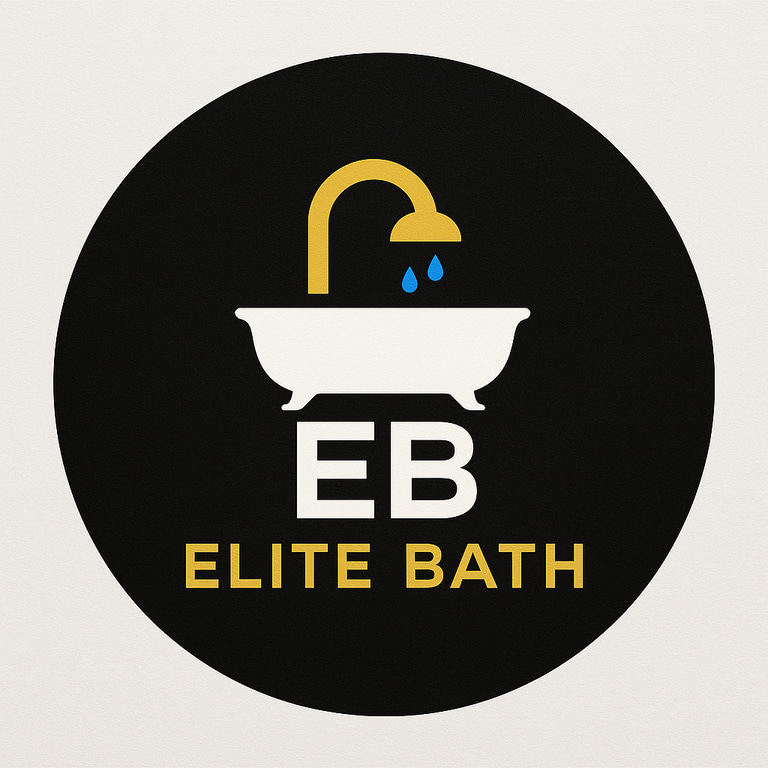10 Steps to Budget for a Bathroom Remodel That Won't Break the Bank
8/6/20252 min read


Understanding Your Bathroom Remodel
Remodeling your bathroom can significantly enhance both its functionality and aesthetic appeal. However, embarking on such a project without a well-defined budget can quickly lead to financial strain. Therefore, it is crucial to follow a structured approach when planning your remodel to ensure it remains within your financial limits.
Step 1: Set a Realistic Budget
The first step is to delineate a realistic budget based on the scope of your remodel. Consider the overall costs you are willing to bear, which should ideally encompass labor, materials, and unexpected expenses that might arise during the renovation process.
Step 2: Research Costs
Before setting an absolute figure, research the costs associated with bathroom remodels. Look into average expenses for various renovations, such as fixtures, tiles, and cabinetry. Gathering this information will aid in making informed financial decisions.
Step 3: Prioritize Needs vs. Wants
Next, categorize your desired features into 'need' and 'want' lists. An essential component, such as a reliable toilet or sink, falls under needs, while luxury items like heated flooring can be considered wants. By distinguishing between these two categories, you can allocate funds more effectively.
Step 4: Create a Flexible Plan
Though a budget is critical, maintaining some flexibility helps accommodate any unforeseen changes or expenses. You may wish to set aside a portion of your budget—around 10 to 20 percent—for contingencies that could arise during the remodel.
Step 5: Obtain Multiple Estimates
It is advisable to gather estimates from multiple contractors. This approach not only offers insight into the prevailing market rates but also allows for negotiation, potentially enabling you to secure a better deal.
Step 6: Choose Affordable Materials
High-end materials often contribute to excessive spending. Instead, explore alternatives that provide the desired look without the hefty price tag. Options like ceramic tiles rather than natural stone, for example, can significantly reduce expenses.
Step 7: Plan for DIY Elements
Incorporating do-it-yourself tasks where feasible can further reduce labor costs. However, be cautious; only attempt projects you are confident in completing to avoid mistakes that could lead to additional expenses.
Step 8: Keep the Current Layout
Altering the layout of your bathroom can escalate costs significantly. To minimize expenses, consider maintaining the existing layout, focusing primarily on cosmetic updates or shallow renovations instead.
Step 9: Monitor Your Spending
As the remodel progresses, keep a meticulous record of all expenditures. Monitoring your spending ensures you remain within your budget and allows for timely adjustments if costs start to overrun.
Step 10: Be Patient and Assess Before Proceeding
Finally, take time to assess each decision critically. A hasty choice can lead to financial ripple effects; patience is imperative in the decision-making process, allowing you to stay within the established budget.
